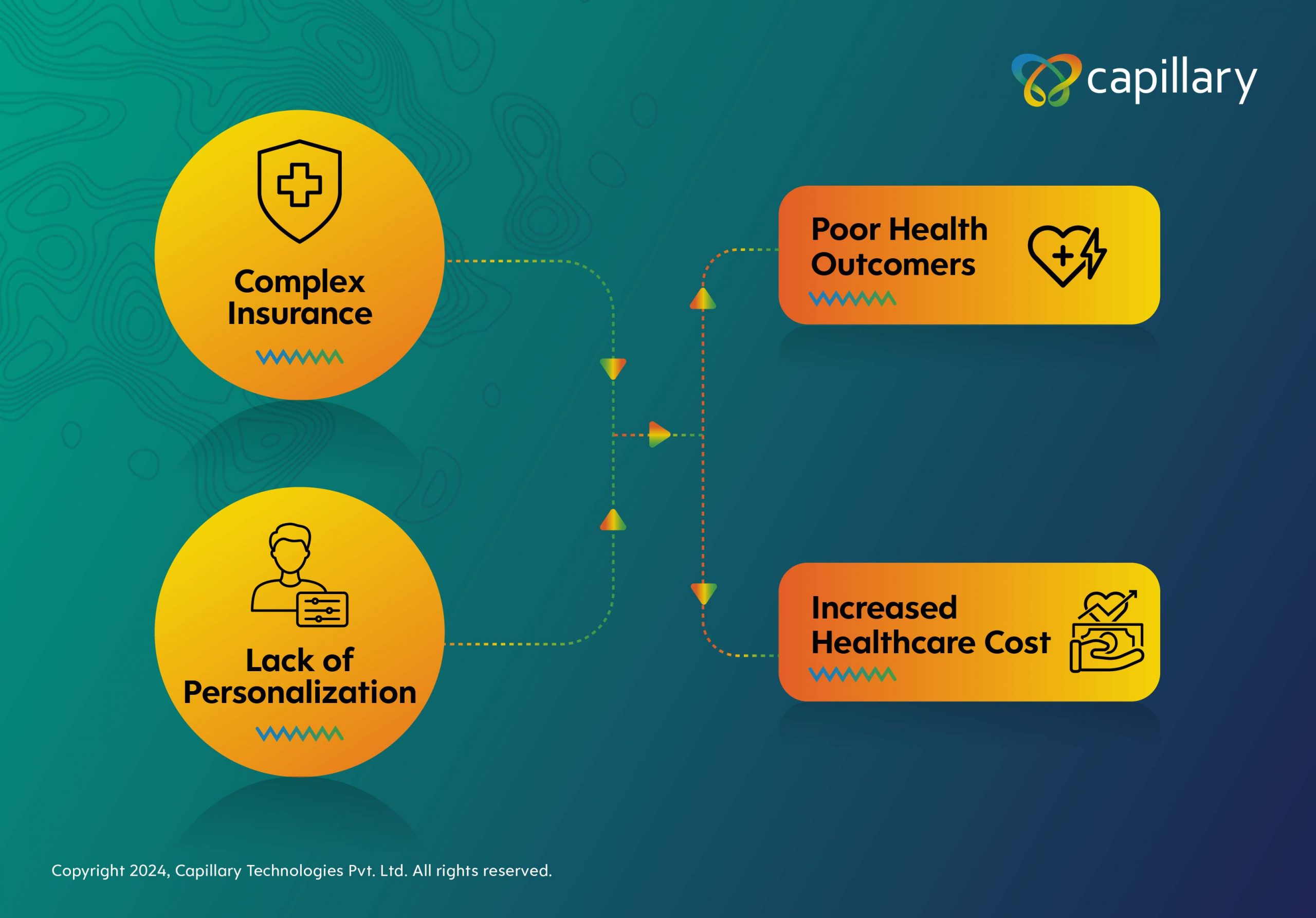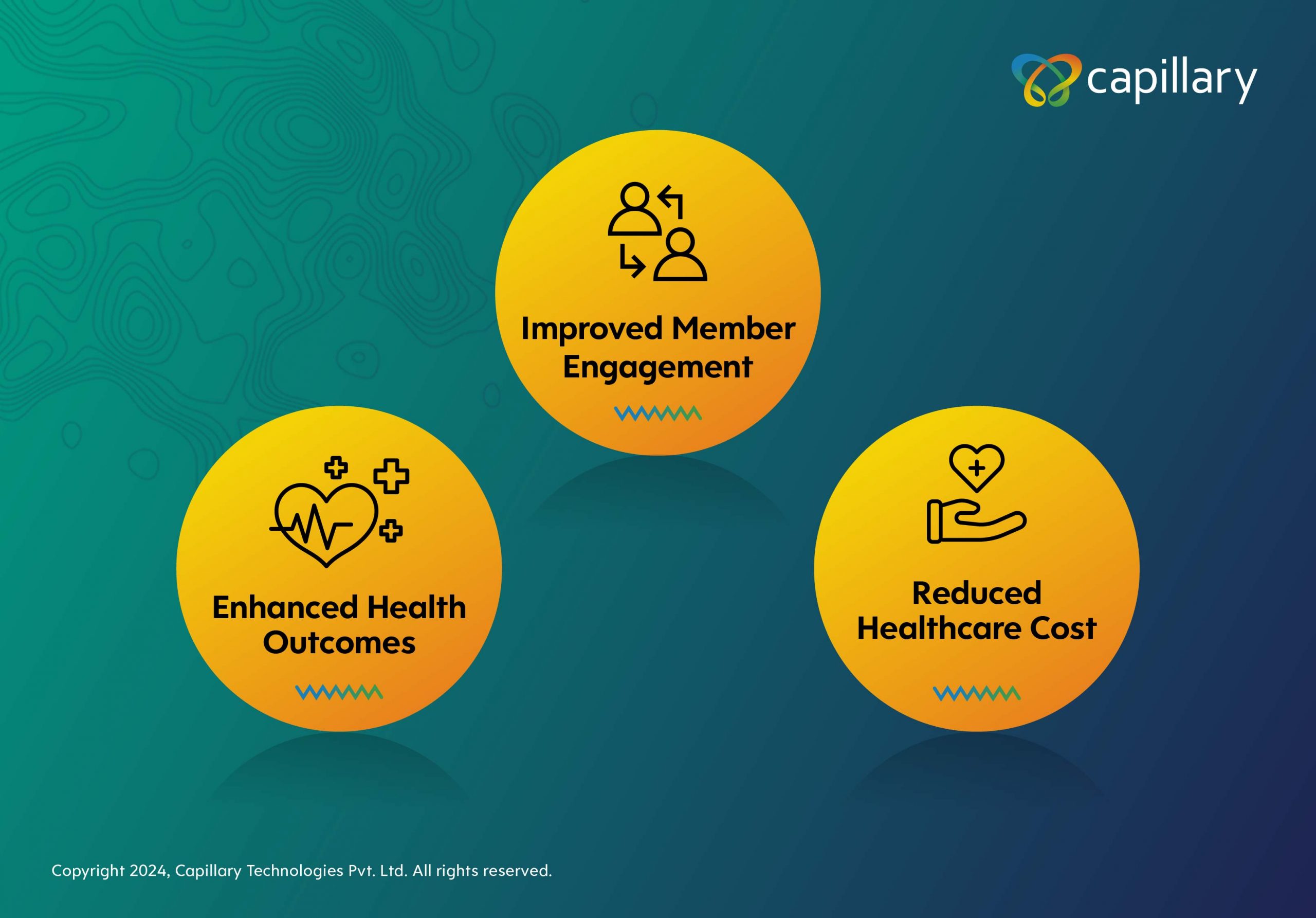Generative AI (genAI) technology in the Asia Pacific (APAC) has significantly changed the region’s marketing sector. GenAI has notably enhanced content creation, transformed marketing insights, and improved overall productivity. Capillary Technologies is one of the top loyalty providers worldwide, especially in the APAC region, and Capillary is always incorporating the latest technologies, including Generative AI, into our products.
Capillary’s proficiency with GenAI in the APAC region is showcased in the recent Forrester report “The State of Generative AI for Marketing in Asia Pacific,” where Forrester interviewed Capillary’s internal tech leaders Piyush Kumar (CTO at Capillary) and Rohan Mahadar ( VP of Product at Capillary) for their expert perspectives. According to Forrester, generative AI in APAC marketing is rapidly increasing, with 85% of B2C marketing decision-makers already using or exploring genAI and its capabilities. As noted by Forrester, Capillary uses genAI to complete customer data-generated insights via a conversational reporting tool.
At Capillary Technologies, we see the massive benefits genAI can have for our customers; for example, our tech team has noted that Capillary customers who apply fine-tuning to AI-generated text spend 75% less time drafting emails or text messages. By leveraging genAI, marketers in APAC can unlock new opportunities to create high-quality content that resonates with their audiences. Marketers can use genAI to tailor their messages to diverse audiences and streamline workflows.
Early Adoption of Generative AI in APAC
The APAC region’s adoption of generative AI (genAI) shows a promising trend toward embracing this transformative technology. Recent surveys indicate that 85% of B2C marketing decision-makers in the region are either actively using genAI or exploring its potential applications. This high level of interest underscores the growing recognition of genAI’s capabilities to revolutionize marketing practices across various sectors.
However, the adoption of genAI is unique across all industries and regions within APAC. Different industries exhibit varying levels of enthusiasm and readiness to integrate genAI into their marketing strategies:
- Consumer Goods and Media: These industries are leading the way in adopting genAI. With their vast consumer data and frequent marketing campaigns, they are ideal for leveraging genAI to improve content creation and campaign execution. Generating personalized content at scale quickly is particularly valuable in these sectors.
- Technology Firms: Technology companies, known for their tech-savvy nature, are early adopters of genAI. Their willingness to experiment with emerging technologies positions them as pioneers in using genAI for various marketing purposes, from content development to customer insights.
- Regulated Industries: Sectors such as financial services are typically more conservative and slower to adopt genAI due to regulatory constraints and concerns over data privacy. These industries are slowly exploring the potential of genAI but tend to proceed cautiously.
Regional Variations
In the APAC region, the adoption of genAI varies by location. For example, China, India, and Southeast Asia are hotspots for genAI exploration. Consumers’ high digital empowerment and openness to new technologies drive companies to experiment with genAI. Supportive government initiatives, such as Singapore’s National AI Strategy, India’s National AI Strategy, and China’s AI Development Plan, are further accelerating the adoption of genAI and other AI technologies.
As genAI continues to evolve, industry experts anticipate its increasing integration across diverse sectors and geographical areas. APAC marketers are poised to reshape consumer engagement, content creation, and campaign execution with unparalleled efficiency and effectiveness.
Top Generative AI Marketing Use Cases
Content Development Dominates
APAC marketers are utilizing genAI to streamline the creation of diverse content types, ensuring high quality and customization for specific audiences. This transformative capability is reshaping the approach of brands and agencies towards their content strategies. For instance one such application is using AI for presentation creation, which helps marketers craft compelling, personalized presentations quickly and efficiently.
- Advertising Content: GenAI helps create appealing advertising copy and visuals that resonate with target audiences. GenAI generates ads more likely to engage and convert by analyzing consumer data.
- Creative Briefs: Agencies utilize GenAI to develop detailed creative briefs, saving time and ensuring campaign consistency. These briefs provide clear guidelines for creative teams, enhancing the overall quality of marketing materials.
- Email Content: GenAI automates the generation of personalized email content, making it easier for marketers to send relevant messages to different audience segments.
- Web Content: Brands increasingly use GenAI to produce web content, such as blog posts, landing pages, and product descriptions, allowing faster content updates and improved SEO performance.
There are notable differences in how brands and agencies utilize genAI for content development. Brands typically create web content to improve their online presence and engage consumers directly. In contrast, agencies often use genAI to develop search keywords and optimize ad placements for their clients, leveraging AI-driven insights to enhance campaign performance.
APAC Marketing’s Embracement of GenAI
Generative AI (genAI) enhances content quality and scale, provides deeper marketing insights, and improves productivity and cost-efficiency. Marketers can achieve high levels of personalization and engagement. Early adopters in APAC have demonstrated significant improvements in marketing performance and customer satisfaction through genAI utilization.
To remain at the forefront of the rapidly evolving digital landscape, marketers must proactively explore and embrace genAI technologies. By adhering to best practices for implementation, including prioritizing governance, acknowledging genAI’s limitations, and maintaining continuous improvement through feedback loops, marketers can seamlessly integrate genAI into their strategies and unlock its full potential.

